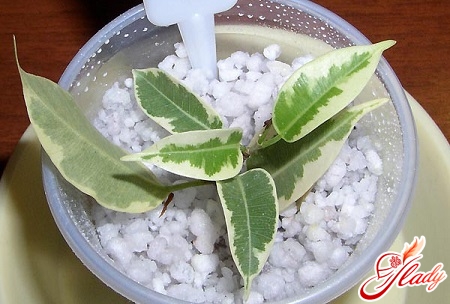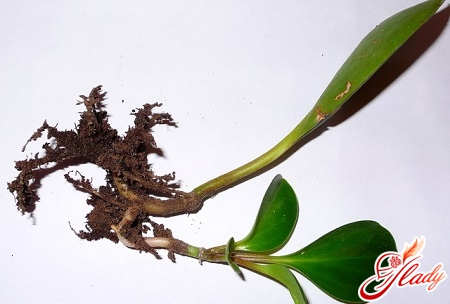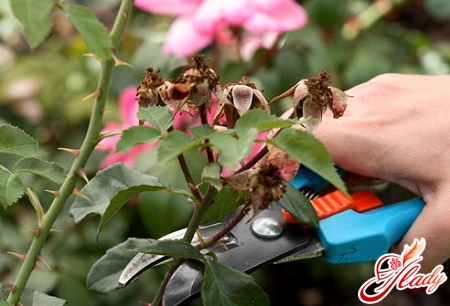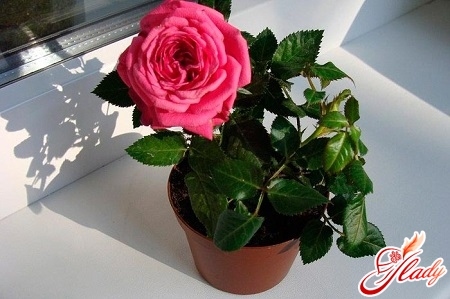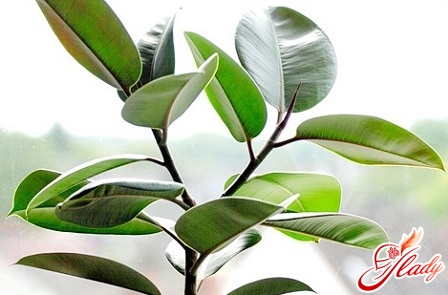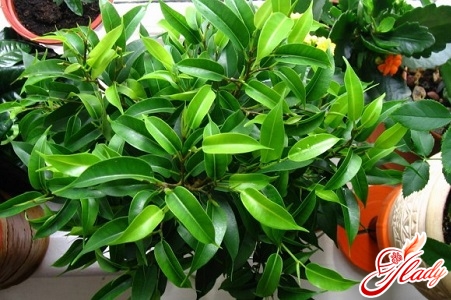 Like most species of the mulberry family,The Bengal ficus can be safely attributed to unpretentious indoor trees. And therefore it is very popular among novice gardeners. The ficus got its name from the name of one of the places of growth in India - its homeland is considered to be the Bay of Bengal. In some places it is known as the Indian ficus, but the nickname "banyan" was given to it because of its special life form. In its natural environment, the ficus grows to incredible sizes and has characteristic numerous aerial roots, which over time thicken and transform into trunks. The largest of the known Bengal ficuses has a crown circumference of three hundred and fifty meters and has three thousand two hundred and eighty aerial roots! And its spreading is more reminiscent of a grove than a single tree. It should be noted that in good conditions, a domesticated Bengal ficus can grow to the ceiling in just a few years. Therefore, it can most often be found in large offices and halls. Unfortunately, this highly decorative plant does not bloom in pots, but it is valued for its large (up to twenty centimeters long) and velvety to the touch leaves.
Like most species of the mulberry family,The Bengal ficus can be safely attributed to unpretentious indoor trees. And therefore it is very popular among novice gardeners. The ficus got its name from the name of one of the places of growth in India - its homeland is considered to be the Bay of Bengal. In some places it is known as the Indian ficus, but the nickname "banyan" was given to it because of its special life form. In its natural environment, the ficus grows to incredible sizes and has characteristic numerous aerial roots, which over time thicken and transform into trunks. The largest of the known Bengal ficuses has a crown circumference of three hundred and fifty meters and has three thousand two hundred and eighty aerial roots! And its spreading is more reminiscent of a grove than a single tree. It should be noted that in good conditions, a domesticated Bengal ficus can grow to the ceiling in just a few years. Therefore, it can most often be found in large offices and halls. Unfortunately, this highly decorative plant does not bloom in pots, but it is valued for its large (up to twenty centimeters long) and velvety to the touch leaves.
How to care for Bengal ficus
Despite the quite tolerable nature of the ficus, everythingIt is necessary to know its basic rules for keeping it at home. Poor care has a negative impact on the health of the ficus. The tree can shed its leaves and eventually die.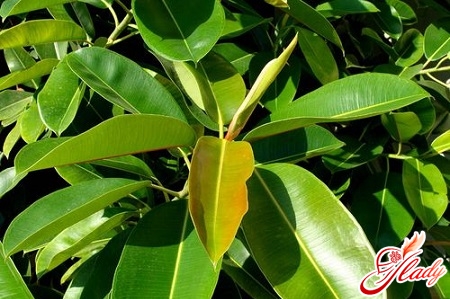
Lighting
The Bengal ficus loves light very, very much,Indoors, it is vital to place the pot with the tree near the sunniest window. But direct scorching rays of the sun can leave burns on the leaves, so on hot summer days the window should be shaded a little. Signs of sunburn are the appearance of brown spots on the leaves. But the lack of lighting is manifested by their wilting, curling and paleness. If such signs are detected, install an additional artificial light source. In summer, the tree can be moved outdoors, gradually accustoming it to a change in the level of illumination and temperature of the content.
Temperature
Despite the fact that ficus is a plantthermophilic, it can survive the winter at 12-16°C. For optimal maintenance, the air temperature should be within +15…+25°C. A big mistake of all novice amateurs is to put the pot next to heating devices to provide the necessary temperature. Hot air only dries out the delicate leaves, and the plant can get sick and die. The edges of the leaves dry out, the leaf turns yellow and falls off. Ficus also reacts negatively to drafts and sudden temperature changes.
Humidity
In summer, the Bengal ficus feels goodat normal room humidity. However, the hotter it is outside, the more often you need to spray the plant with a spray bottle. In winter, caring for ficus is complicated by low air humidity in the apartment, which drops sharply due to the working heating batteries, and many plants experience stress. It is enough to put the pot with the ficus on a tray with wet expanded clay or moss, spray or wipe the leaves with water. It is recommended to cover the battery located nearby with a thick blanket or move the pot with the ficus away from it.
Watering
Watering should be light.Before each watering, the soil should dry out, but not dry out. You should not overwater, and the remaining water must be drained from the tray. Stagnant moisture in the soil will cause root rot and the development of fungal diseases. And the disadvantage is dehydration of the tree. It is advisable to use settled and soft water. The recommended watering frequency is on average every three to four days in the summer, and once a week in the winter.
Fertilizer
From early spring until autumn, the ficus needs to befeed with mineral fertilizers, you can also use organic compounds. In any case, the fertilizer must first be diluted with water and watered with a weak concentration compound. In the summer, when the plant is actively developing, it must be fed once or twice a month with fertilizer with a high nitrogen content, and in winter the ficus "rests", so the plant should be fed no more than once every two months with a product for non-flowering plants.
Transfer
A young tree needs to be replanted annually.in spring in March-April, each time using a container two to three centimeters larger than the previous one. Over time, the ficus will become large, and the soil in the pot can only be changed on the surface, no deeper than four to five centimeters. The substrate for the Bengal ficus should be nutritious and consist of peat, leaf soil and humus. It would not be superfluous to add some organic composition. After transplanting, additional fertilizing is not required for one and a half to two months. To prevent rotting of the root system, a good drainage layer is required. Expanded clay, clay shards or tree bark can be used as drainage.
Trimming
The tree tolerates pruning well.It is even extremely necessary to give the crown a beautiful shape. Often, the Bengal ficus is grown in the bonsai style, that is, a small copy of a real tree is formed.
Reproduction
Ficus benghalensis is propagated by cuttings.For this purpose, you can use apical semi-lignified cuttings with leaves. Having previously removed the milky juice from the cut, the cutting is placed in water with the addition of root growth preparations or in wet sand and placed under a bag in a warm, bright place. It will take several weeks for rooting, after which the grown current with roots is transplanted into a separate pot, providing the usual care and conditions for ficus.
Diseases and pests
Most often, the Bengal ficus is affected byspider mites, which thrive in dry, warm air. Scale insects, aphids and mealybugs often attack the tree. Improper care can also lead to more serious fungal diseases, rot of roots, stems and leaves. In advanced cases, the ficus cannot be treated and is destroyed along with the pot. Most of the troubles can be prevented by preventive measures, which include the following:
- Ensure a mandatory weekly quarantine for each new plant brought into the house. Including the newly acquired ficus.
- A daily visual inspection of the ficus is necessary for the first signs of disease and pest damage. Especially carefully inspect the leaves from the inside.
- Every month you need to wipe the leaves with a soap solution and arrange a shower for the plant. In this case, the soil should be covered with a film to prevent excessive overmoistening.
- It is recommended that the leaves of ficus and soil are treated monthly with a weak solution of manganese to disinfect and prevent the development of diseases.
Overall, the ficus benghalensis is doing very well.feels in spacious rooms and easily adapts to the surrounding conditions. It is enough to pay it only a little attention, observing the recommended care and prevention. And as a reward, the ficus will give you positive energy, peace and an atmosphere of tranquility in the house.




